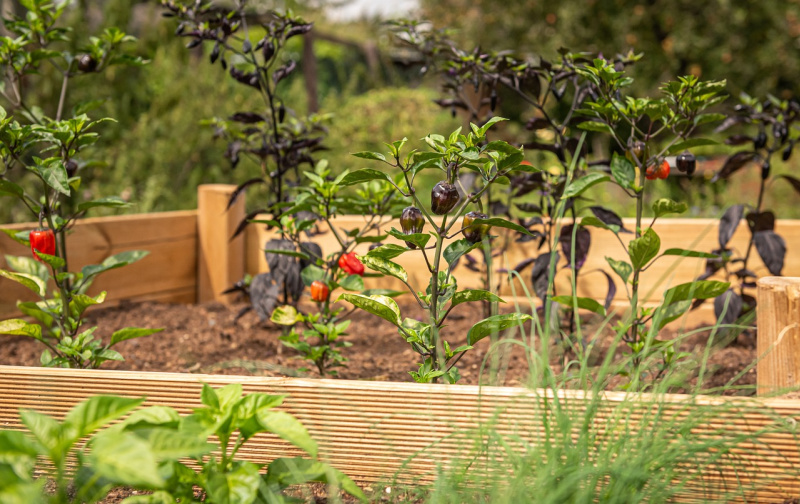This post contains affiliate links, which means I will make a commission at no extra cost to you should you click through and make a purchase. As an Amazon Associate I earn from qualifying purchases.
So, what are the best plants for square foot gardening? Square foot gardening is an efficient method of growing vegetables and herbs in small, organized spaces.
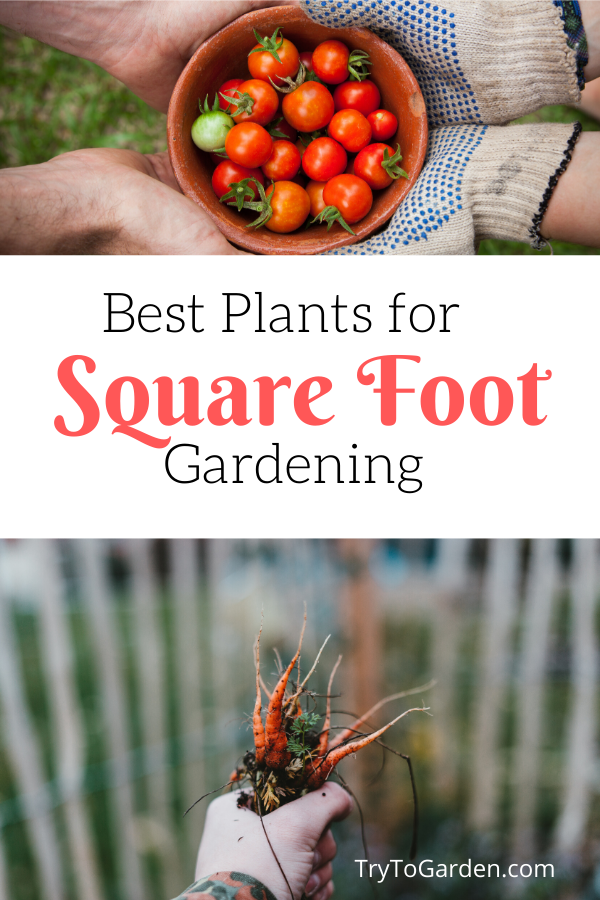
Expert tips for square foot gardening
Mel Bartholomew, the creator of the Square Foot Gardening Method, advises:
“After looking at other people’s gardens, it was usually very predictable. Here’s what I found out about single row gardening: Too big an area. Too much time. It's too much work. Too much effort. Too many seeds. Plus, there are too many weeds. Too many plants. Too many problems. And, it's too costly. Too much harvest. Too many tools. IT’S JUST TOO MUCH OF EVERYTHING. People can grow 100% of the crops they used to grow in large plots in just 20% of the space. These smaller, more organized gardens are easy for beginner gardeners, can be located close to the house, and are easy to protect from pests and frost.”
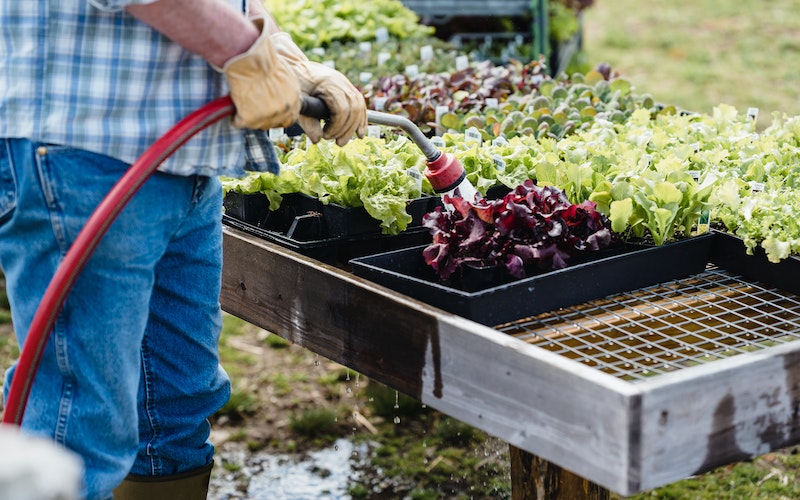
Best Plants for Square Foot Gardening
So-called “square foot gardens” are raised beds divided with 1“x1” wood into individual sections that are, you guessed it, a square foot each. So what’s wrong with row gardening?
Herbs and bulbs are great for square foot gardens, as are beans and most vegetables. The only things that don’t work well are bulky vegetables like artichokes, ground spreaders like melons, and root spreaders like blueberries.
When getting started with square foot gardening, we find that a raised bed garden is easiest to manage.
If you want a guide to square foot gardening, I recommend this. It has all the answers you need as you set up your garden beds.
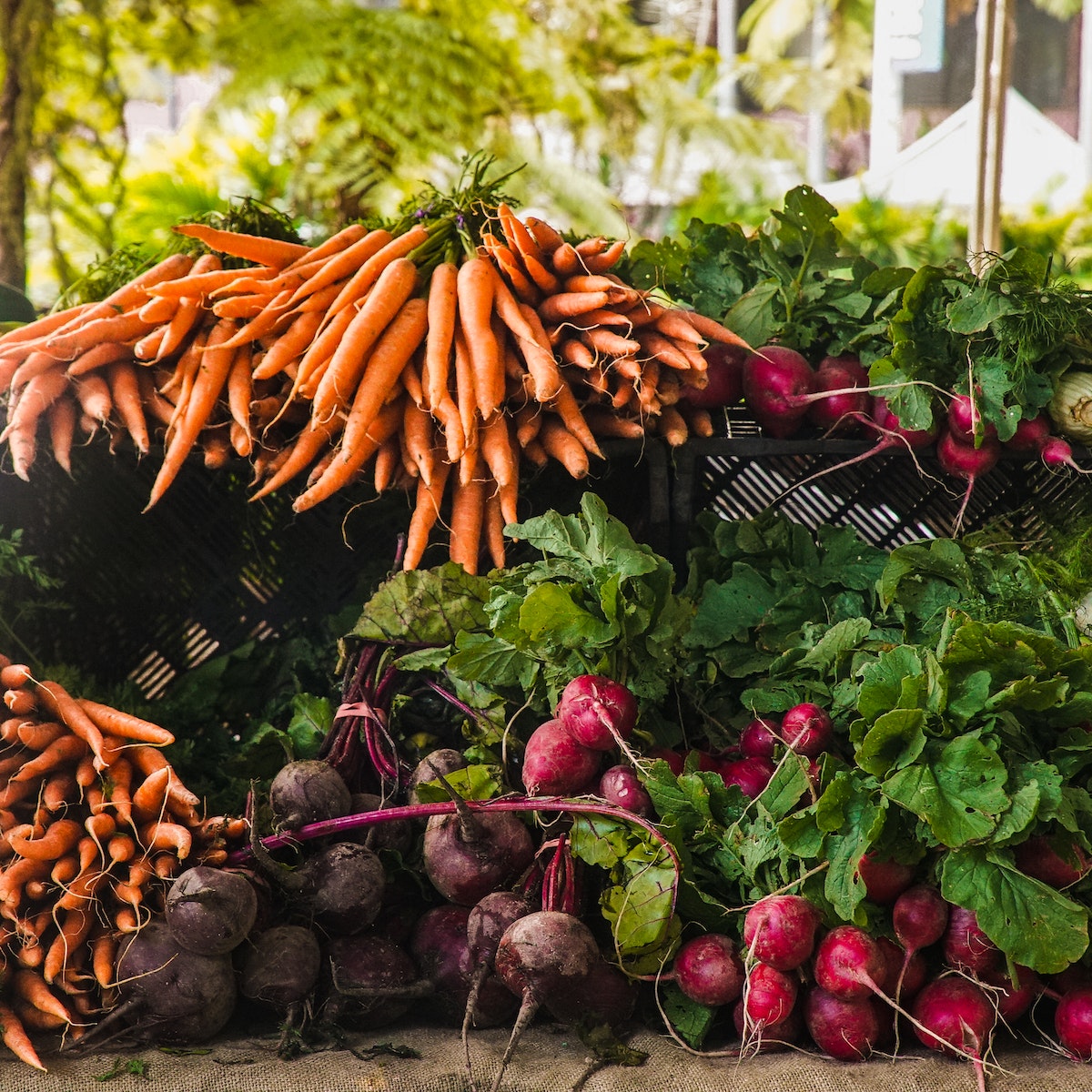
What vegetables are good for square foot gardening?
If you want to grow your own food in your square foot garden, these are the best vegetable plants for square foot gardening.
Good picks are:
- Onions
- Lettuce
- Cherry Tomatoes
- Carrots
- Asparagus
- Green Beans
- Cucumbers
- Corn
- Garlic
- Herbs
Best square foot gardening location
- 6 - 8 hours of sun a day
- Away from trees where shade and roots can interfere
- Close to house for convenience
- Good drainage
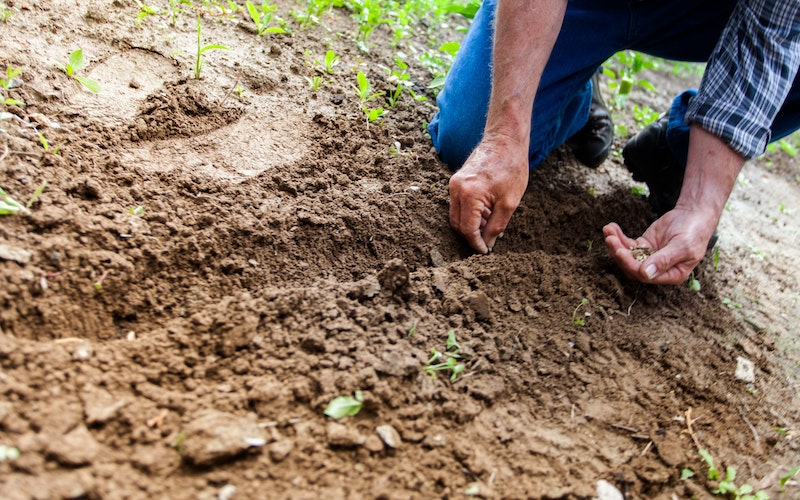
What can I plant in a 4x4 square foot garden?
A 4x4 square foot garden, with 16 total squares, provides ample space for a variety of plants. You might consider a mix of the recommended vegetables and herbs.
Plant taller crops like corn and tomatoes in the north row to avoid shading shorter plants. Cucumbers could be planted in the second row, while lettuce and beans, which are medium-height, could occupy the third row.
Herbs, onions, carrots, and other low-growing plants could be in the south row of your square foot garden. Remember that each square can accommodate different quantities of plants. For instance, one square can have one tomato plant, four bean plants, or nine onion or carrot plants.
Keep in mind that one square foot is 12 inches.
How many vegetables can you have per square foot garden?
The quantity of vegetables you can plant in a square foot garden depends on the plant type. Some tall plants, like corn, need a full square per plant, while other plants, like carrots, can grow in groups of around 16 small plants in a single square.
Leafy greens like lettuce or spinach can be densely planted with four to nine plants per square. Therefore, understanding the growth habits and plant spacing requirements of each plant is crucial to maximizing your square foot garden's productivity.
Making the bed for square foot gardening
Building a raised bed in the garden allows a garden to overcome several problems. Raised beds may help address poor soil and damp spots.
There are many reasons a gardener may wish to create a raised bed, and the construction is often a relatively simple one; however, if a neat and tidy effect is to be created, proper planning and a little thought are required.
Reasons for Constructing a Raised Bed
The creation of a raised bed has the potential to deal with many possible gardening problems. At the one end of the spectrum, the raised bed is simply an alternative to the standard ground level bed or border, with the addition of an extra aesthetic feature. At the opposite end of the spectrum, the raised bed may be seen as the ultimate expression in container gardening, allowing the gardener to control the soil type or avoid the effects of waterlogging in a damp area of the garden.
Raised beds may also take the form of an alternative raised structure, such as a table-based garden or even a planted roof. The former of these structures is of particular value for features such as a kitchen garden. Such features also make gardening more of an accessible hobby for those with limited mobility or other conditions preventing one from bending down to tend a bed or border.
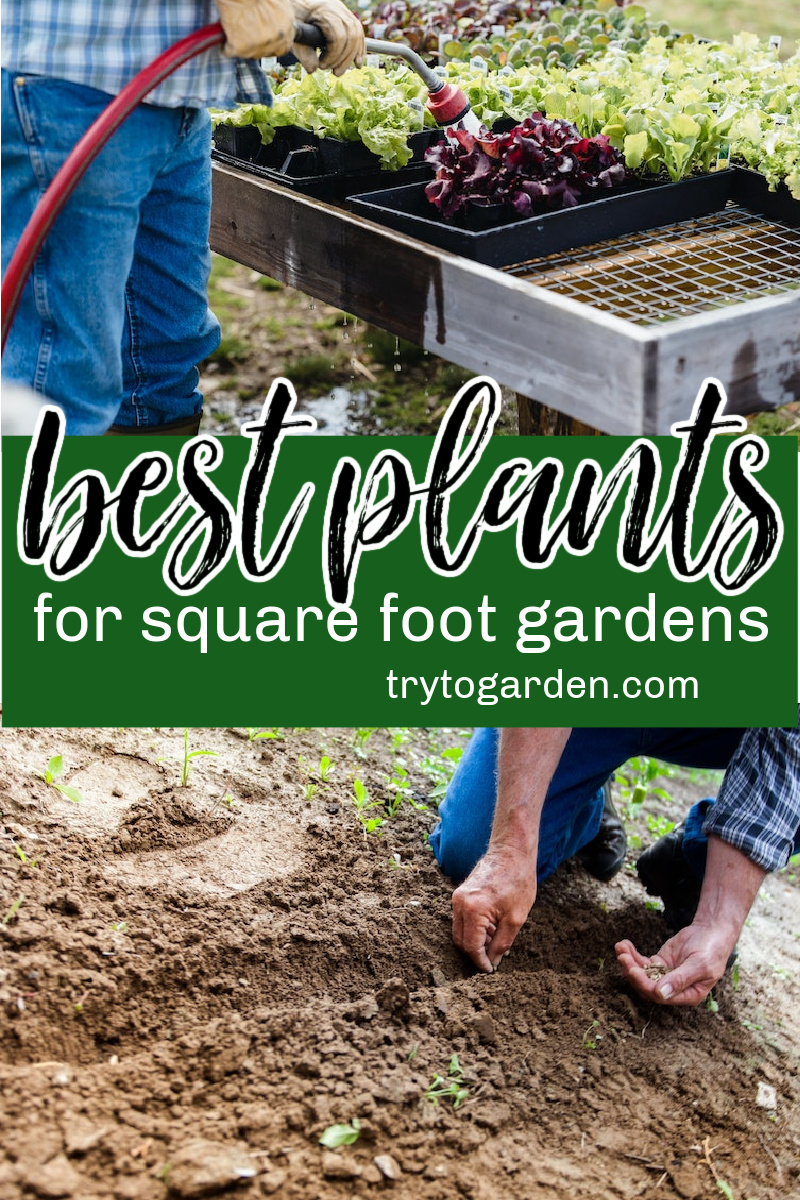
Constructing a Raised Bed For Your Square Foot Garden
Regardless of the kind of raised bed to be constructed, some prerequisites will ensure a clean and tidy finish, irrespective of style or the construction materials to be used.
Leveling – Before the construction of a raised begins, the site should be leveled, this will ensure that an even affect is created with the materials used to build the bed. Done carefully, a site may be leveled simply with a spade, taking away a layer, or soil until a level effect is created. Alternatively, one may choose to add a layer of sand and use a wooden beam to create a smooth and level surface.
The materials in a raised bed – There are many styles and forms which a raised bed may take. At the simplest end of the scale, one can buy a commercially produced raised bed kit. Raised bed kits are relatively simple to construct and usually made of wood in one form or another.
A more attractive option is to use old railway sleepers, here one can buy real disused railway sleepers from a reclamation yard. Alternatively, one may purchase modern timber from a garden center, fashioned in the style of a railway sleeper. If opting for a raised bed made of such wood, it is recommended that the wood be treated before use with some form of wood preservative.
Finally, there is the option of using brickwork or masonry of some form. This is the most labor-intensive of all the types of a raised bed. A masonry raised bed may, however, represent the most impressive form and is undoubtedly the most durable of all raised beds.
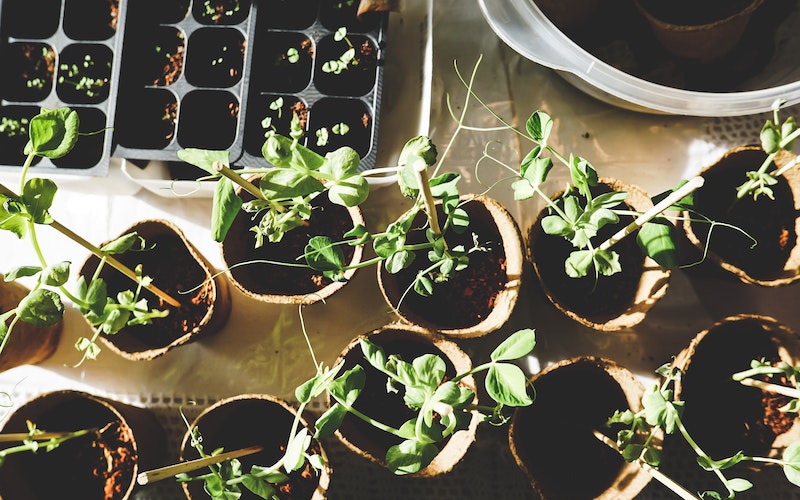
Planting and care
Plant a different vegetable or herb in each square foot. If you’re growing from seed, plant seeds sparingly. Water the entire bed gently by hand with lukewarm water (never cold). As you harvest each square foot, you can add a little potting mix then replant it.
Of course, you’ll have to deal with insects and critters in square foot gardens just like you would in any garden, but it’s much easier in a square foot garden. To keep the hungry critters like deer and rabbits out of your garden, it’s easy to build a removable wire-mesh cap. If you end up with garden pests, use organic pest control methods, so your food stays safe to eat.
What are the downsides to square foot gardening?
While square foot gardening offers numerous advantages like efficient use of space, ease of maintenance, and high yields, it also has its share of drawbacks. One of the major challenges is initial set-up cost. Depending on the materials used, building a raised bed, sourcing high-quality soil, and creating a grid can be expensive.
Additionally, some plants with extensive root systems or those that require more growing space may not thrive in a square foot garden. Lastly, watering can be tricky as over-watering can cause waterlogging and root rot, while under-watering may lead to drought stress. Despite these challenges, with proper planning and careful maintenance, a square foot garden can be a rewarding and productive venture.

Benefits of square foot gardening
Square foot gardening offers bountiful advantages. It makes excellent use of small spaces, leading to rich harvests. Care is simpler due to less weeding and reduced pest problems. The setup promotes easy access and reduces the need to bend, aiding individuals with mobility issues.
It also allows for a varied and plentiful yield within a small space, encouraging a diverse diet. Despite some drawbacks like setup cost and water management, square foot gardening remains an enriching and fruitful hobby for many.
Finally, you can grow so many more plants per square foot than in traditional gardening. Just remember that it is not the best choice for vining plants.
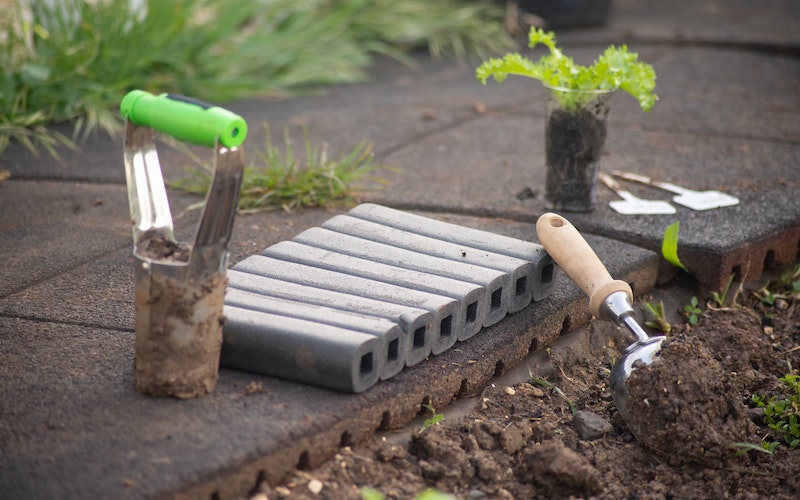
Less need for tools
Square foot gardening reduces the need for extensive tools. With your garden neatly divided into one-foot squares, you no longer require the traditional long-handled gardening tools. A simple handheld cultivator, a trowel, and a pair of shears are usually sufficient. This not only cuts down on the initial investment but also makes the gardening process more manageable and enjoyable.
Does square foot gardening work?
Yes, square foot gardening does work. It's a highly efficient method of cultivating a variety of plants in a small space. While it demands some effort and initial investment, the benefits -- such as high yields, ease of maintenance, and accessibility -- make it a popular choice among both novice and experienced gardeners
For more information on Square Foot Gardening, check out Mel’s excellent website at http://www.squarefootgardening.org/.
What do you want to grow in your square foot garden bed?
Other posts you may like:

